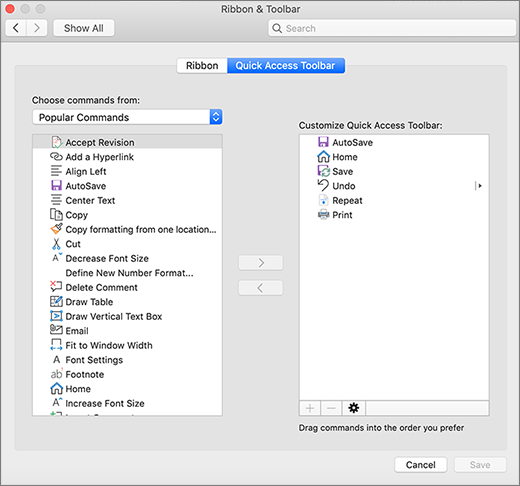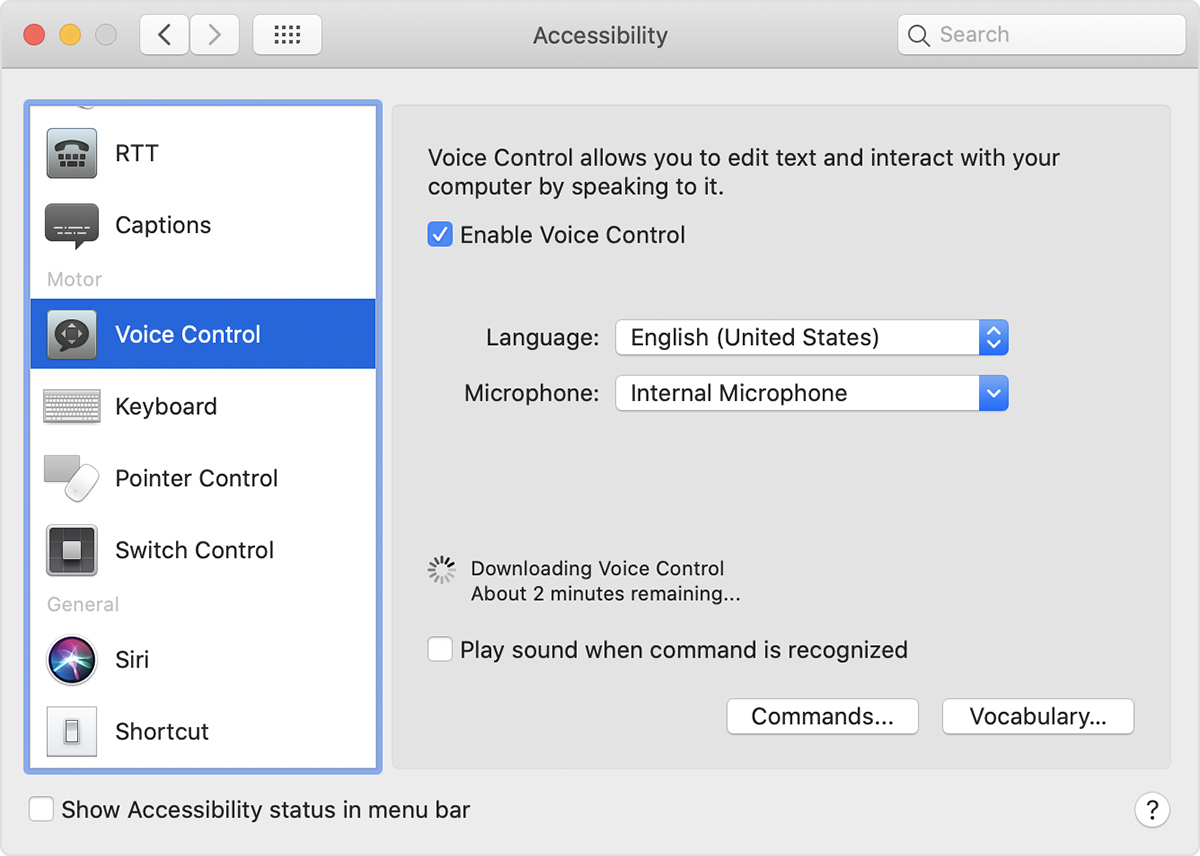

When Shift+ F4 is used, it will use whatever qualifiers (values, formatting, etc.) were last entered into the Find and Replace Window to find the next cell with those criteria. Mac: Cmd+ G for next and Cmd+ Shift+ G for previous Windows: Shift+ F4 for next and Ctrl+ Shift+ F4 for previous If you're interested in learning more about VLOOKUP, you can use this tutorial: VLOOKUP Example Explained at Starbucks or our VLOOKUP Tutorial on YouTube. The formula being used in the above example is a VLOOKUP formula. Or just select the text in one of the cell references to apply it to that portion of the range reference only. If you have a range reference (A4:D12), you can first select the text of the entire range reference, then press F4 to apply the absolute/relative references to the entire reference. Starting with the reference A17, here are the references that will be created each time you hit F4: This means you can use F4 to add $ dollar symbols in front of the column letters and row numbers, $A$12.īy continuing to hit the F4 key, you can toggle or cycle through mixed references (column absolute while row relative, or row absolute while column relative), and then back again to a completely relative reference. When writing formulas, any portion of the formula that denotes a cell or range of cells can be made absolute by hitting the F4 key while your cursor is on that cell reference.
REPEAT SHORTCUT FOR MAC IN WORD HOW TO
I explain how to use the Format Painter in point #11 in this post. If you made multiple formatting changes to a cell like fill color, font color, and borders, and wanted to apply those changes to other cells, then the Format Painter is a good alternative. It's important to note that F4 only repeats the last single action you took. The cell immediately was changed to yellow because it repeated the last thing I did. In the image below, I highlighted cell A6 in yellow, then selected cell A8 and hit F4. That includes formatting, inserting or deleting rows, and making changes to shapes. When you select a cell and hit F4, your last action will be repeated. Here's a post on the best keyboards for Excel shortcuts that explains what to look for in both a laptop and regular keyboard. So make sure to share them with your friends & co-workers as well.īefore we dive into the five shortcuts that use the F4 key, I want to mention that if you are using a laptop, you might have to hold down the Function key, often abbreviated Fn, in conjunction with the F4 key since those F keys can double for other purposes on your keyboard. All of these shortcuts can save you time with common daily tasks.

The F4 key has a lot of different uses in Excel. The Excel workbook that I use in the video can be downloaded here:į4 Shortcuts.xlsx (86.5 KB) Using F4 for a Variety of Shortcuts
REPEAT SHORTCUT FOR MAC IN WORD DOWNLOAD
These shortcuts will work when you are editing a note.Watch on Youtube & Subscribe to our Channel Download the Excel File Quickly switch to note, notebook, tag, or search ActionĪtlas / Business Home (Evernote Business only) These shortcuts will work when the Evernote application is active. In older versions of Evernote, you can redefine these shortcuts by going to Tools > Options > Shortcut keys from the menu bar. To redefine these shortcuts, visit Customize global keyboard shortcuts. These shortcuts will work system-wide when working in any application (provided Evernote is running).

Note: The middle columns labeled "New version" refer to the new Evernote for Mac. Below is a comprehensive list of all keyboard shortcuts available for Mac. Evernote can be driven almost entirely using only the keyboard.


 0 kommentar(er)
0 kommentar(er)
